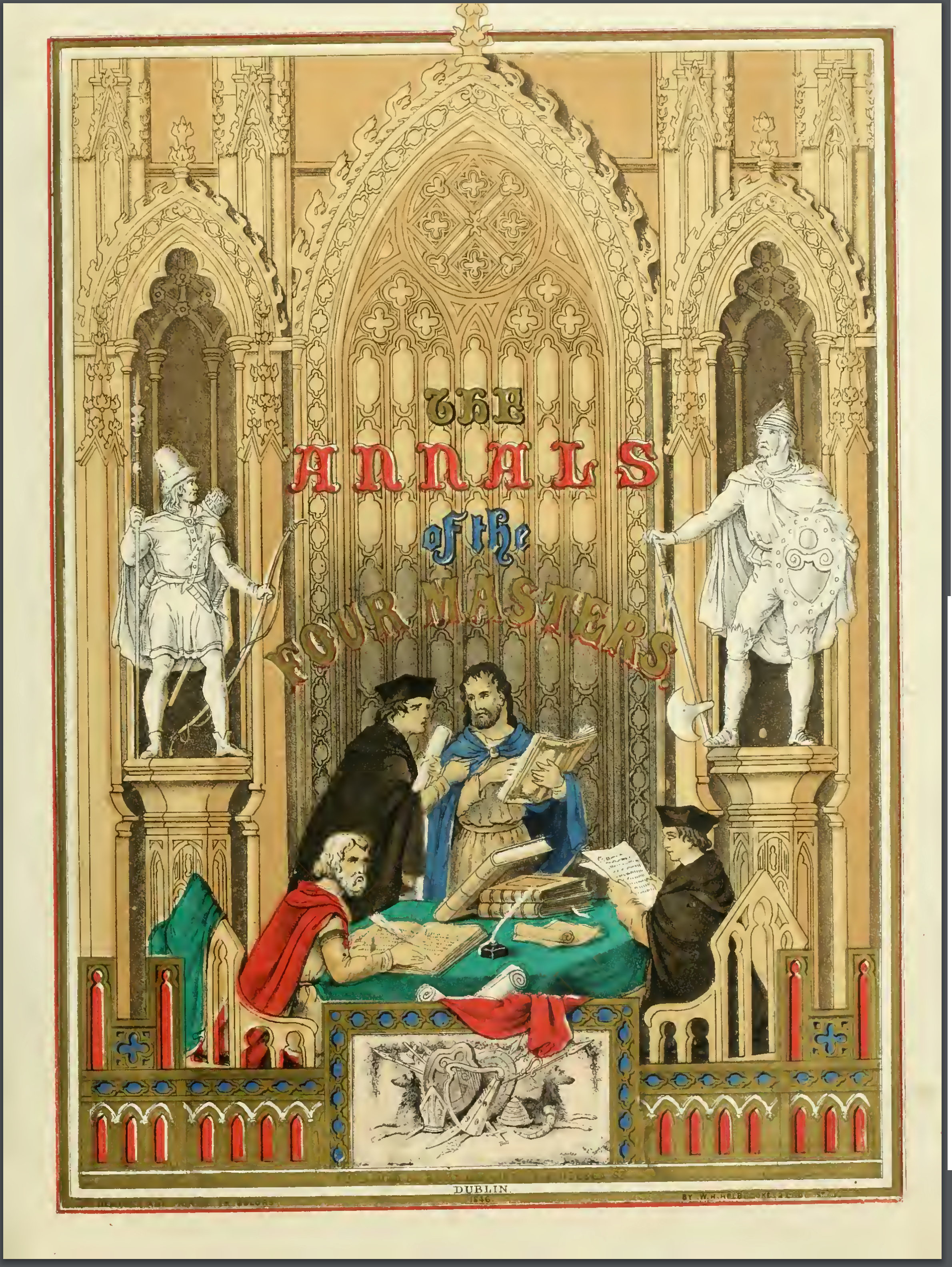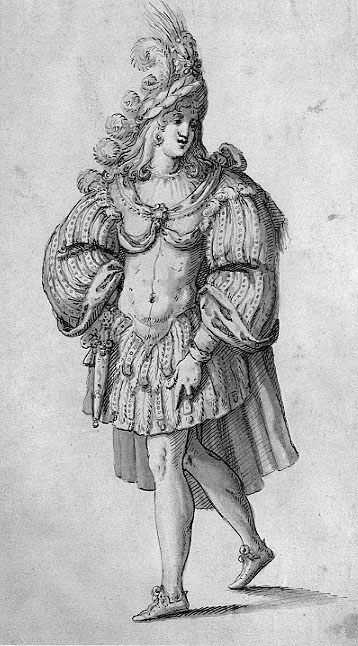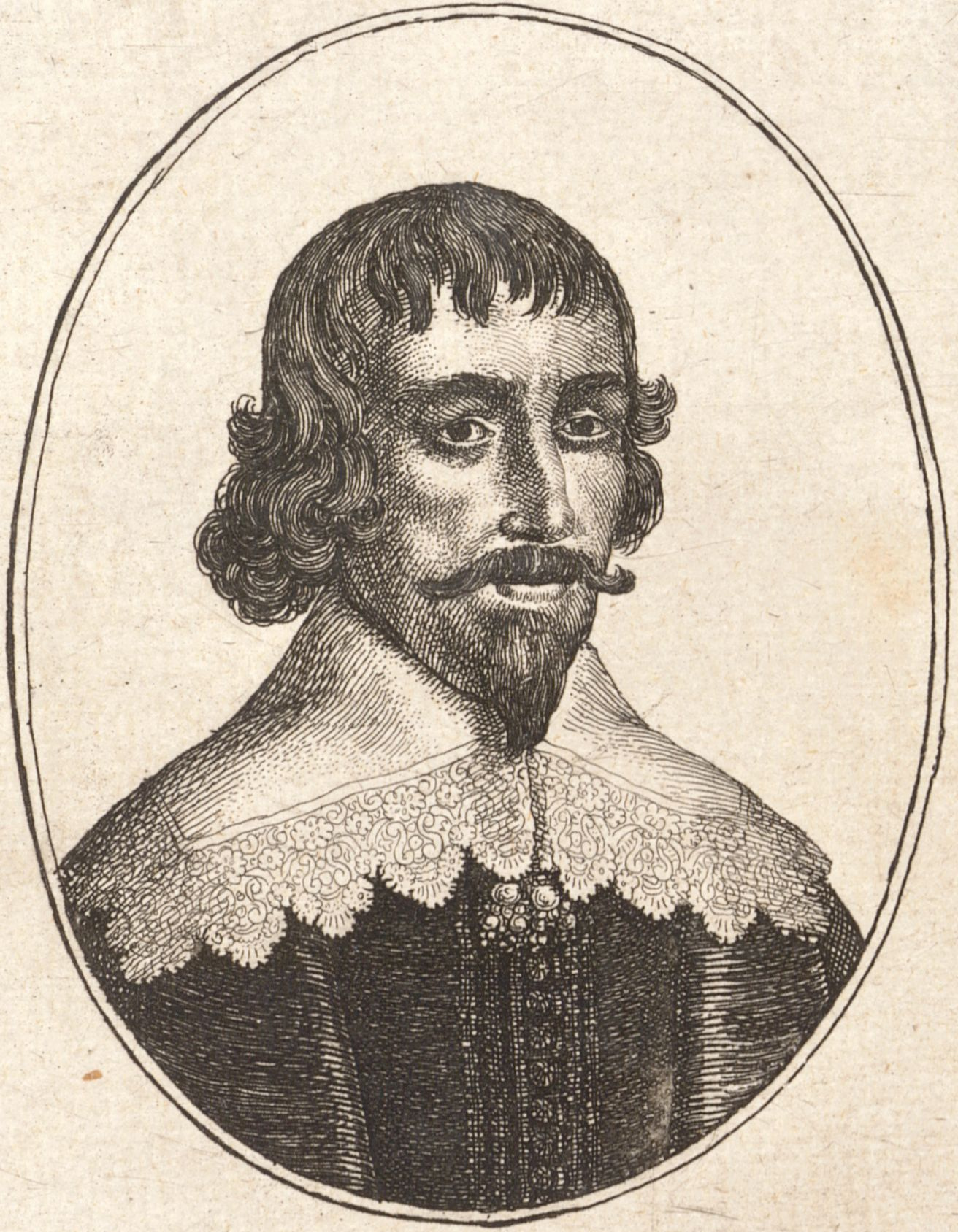|
1636 In Literature
This article contains information about the literary events and publications of 1636. Events *January 31 Events Pre-1600 * 314 – Pope Sylvester I is consecrated, as successor to the late Pope Miltiades. * 1208 – The Battle of Lena takes place between King Sverker II of Sweden and his rival, Prince Eric, whose victory puts him on th ... – The King's Men (playing company), King's Men perform Shakespeare's ''Julius Caesar (play), Julius Caesar'' at St James's Palace, London.Edmund Kerchever Chambers, Chambers, E. K. ''The Elizabethan Stage.'' 4 Volumes, Oxford, Clarendon Press, 1923. *February – James Shirley's tragicomedy ''The Duke's Mistress'' is performed at St James's Palace. *March 3 – A "great charter" to the University of Oxford establishes the Oxford University Press as the second of England's privileged presses. *April – Thomas Hobbes travels from Rome to Florence. *May 10 – London theatres close, and remain almost continuously closed until ... [...More Info...] [...Related Items...] OR: [Wikipedia] [Google] [Baidu] |
Playing Company
In Renaissance-era London, playing company was the usual term for a company of actors. These companies were organised around a group of ten or so shareholders (or "sharers"), who performed in the plays but were also responsible for management. The sharers employed "hired men" that is, the minor actors and the workers behind the scenes. The major companies were based at specific theatres in London; the most successful of them, William Shakespeare's company the King's Men, had the open-air Globe Theatre for summer seasons and the enclosed Blackfriars Theatre in the winters. The Admiral's Men occupied the Rose Theatre in the 1590s, and the Fortune Theatre in the early 17th century. Less fortunate companies spent most of their existences touring the provinces; when Worcester's Men gained official permission to perform in London in 1602, they were, in a manner of speaking, "coming in from the cold" of a life of constant touring. Origins The development of theatre in England in ... [...More Info...] [...Related Items...] OR: [Wikipedia] [Google] [Baidu] |
Mícheál Ó Cléirigh
Mícheál Ó Cléirigh (), sometimes known as Michael O'Clery, was an Irish chronicler, scribe and antiquary and chief author of the ''Annals of the Four Masters'', assisted by Cú Choigcríche ÓCléirigh, Fearfeasa ÓMaol Chonaire, and Peregrinus ÓDuibhgeannain. He was a member of the ÓCléirigh bardic family, and compiled with others the ''Annála Ríoghachta Éireann'' (Annals of the Kingdom of Ireland) at Bundrowse in County Leitrim on 10 August 1636. He also wrote the ''Martyrology of Donegal'' in the 17th century. Background and early life Grandson of Tuathal Ó Cléirigh, a chief of the sept of Uí Chléirigh in Donegal, he was born in Kilbarron near Creevy, between Rossnowlagh and Ballyshannon on Donegal Bay. He was baptised Tadhg Ó Cléirigh, and was known by the nickname Tadhg an tSléibhe (meaning "Tadhg of the mountain"), but took the name of Mícheál when he became a Franciscan friar. He was the youngest of four sons of Donnchadh Ó Cléirigh, and his m ... [...More Info...] [...Related Items...] OR: [Wikipedia] [Google] [Baidu] |
Annals Of The Four Masters
The ''Annals of the Kingdom of Ireland'' () or the ''Annals of the Four Masters'' () are chronicles of Middle Ages, medieval Irish history. The entries span from the Genesis flood narrative, Deluge, dated as 2,242 Anno Mundi, years after creation to AD 1616. Publication delay Due to the criticisms by 17th-century Irish historian Tuileagna Ó Maol Chonaire, the text was not published in the lifetimes of any of the participants. Text The annals are mainly a compilation of earlier annals, although there is some original work. They were compiled between 1632 and 1636, allegedly in a cottage beside the ruins of Donegal Abbey, just outside Donegal (town), Donegal Town. At this time, however, the Franciscans had a house of refuge by the River Drowes in County Leitrim, just outside Ballyshannon, and it was here, according to others, that the ''Annals'' were compiled. [...More Info...] [...Related Items...] OR: [Wikipedia] [Google] [Baidu] |
Irish Language
Irish (Standard Irish: ), also known as Irish Gaelic or simply Gaelic ( ), is a Celtic language of the Indo-European language family. It is a member of the Goidelic languages of the Insular Celtic sub branch of the family and is indigenous language, indigenous to the island of Ireland. It was the majority of the population's first language until the 19th century, when English (language), English gradually became dominant, particularly in the last decades of the century, in what is sometimes characterised as a result of linguistic imperialism. Today, Irish is still commonly spoken as a first language in Ireland's Gaeltacht regions, in which 2% of Ireland's population lived in 2022. The total number of people (aged 3 and over) in Ireland who declared they could speak Irish in April 2022 was 1,873,997, representing 40% of respondents, but of these, 472,887 said they never spoke it and a further 551,993 said they only spoke it within the education system. Linguistic analyses o ... [...More Info...] [...Related Items...] OR: [Wikipedia] [Google] [Baidu] |
Queen Henrietta's Men
Queen Henrietta's Men was an important playing company or troupe of actors of the Caroline era in London, England. At their peak of popularity, Queen Henrietta's Men were the second leading troupe of the day, after only the King's Men. Beginnings The company was formed in 1625, at the start of the reign of King Charles I of England, by theatrical impresario Christopher Beeston under royal patronage of the new queen, Henrietta Maria. They were sometimes called the Queen's Majesty's Comedians or other variations on their name. The company was founded after an eight-month closure of the London theatres due to bubonic plague (March to October, 1625). The Lady Elizabeth's Men, then called the Queen of Bohemia's Men, had been resident at Beeston's Cockpit Theatre up to the plague closing, and provided the foundation of the new organization. Success Theatre manager Beeston had had several different companies acting in his Cockpit Theatre since opening it in 1617; it was with Queen ... [...More Info...] [...Related Items...] OR: [Wikipedia] [Google] [Baidu] |
Hampton Court Palace
Hampton Court Palace is a Listed building, Grade I listed royal palace in the London Borough of Richmond upon Thames, southwest and upstream of central London on the River Thames. Opened to the public, the palace is managed by Historic Royal Palaces, a charity set up to preserve several unoccupied royal properties. The building of the palace began in 1514 for Cardinal Thomas Wolsey, Archbishop of York and the chief minister of Henry VIII. In 1529, as Wolsey fell from favour, the cardinal gave the palace to the king to try to save his own life, which he knew was now in grave danger due to Henry VIII's deepening frustration and anger. The palace went on to become one of Henry's most favoured residences; soon after acquiring the property, he arranged for it to be enlarged so it could accommodate his sizeable retinue of Courtier, courtiers. In the early 1690s, William III of England, William III's massive rebuilding and expansion work, which was intended to rival the Palace of V ... [...More Info...] [...Related Items...] OR: [Wikipedia] [Google] [Baidu] |
Inigo Jones
Inigo Jones (15 July 1573 – 21 June 1652) was an English architect who was the first significant Architecture of England, architect in England in the early modern era and the first to employ Vitruvius, Vitruvian rules of proportion and symmetry in his buildings. As the most notable architect in England, Jones was the first person to introduce the classical architecture of Rome and the Italian Renaissance to England. He left his mark on London by his design of single buildings, such as the Queen's House which is the first building in England designed in a pure classical style, and the Banqueting House, Whitehall, as well as the layout for Covent Garden square which became a model for future developments in the West End. He made major contributions to Scenic design, stage design by his work as a theatrical designer for several dozen masques, most by royal command and many in collaboration with Ben Jonson. Early life and career Beyond that he was born in Smithfield, London, Smit ... [...More Info...] [...Related Items...] OR: [Wikipedia] [Google] [Baidu] |
William Prynne
William Prynne (1600 – 24 October 1669), an English lawyer, voluble author, polemicist and political figure, was a prominent Puritan opponent of church policy under William Laud, Archbishop of Canterbury (1633–1645). His views were Presbyterianism, Presbyterian, but he became known in the 1640s as an Erastian, arguing for overall state control of religious matters. Recent scholarship has portrayed Prynne as an important Caroline era propagandist whose innovative political storytelling and publishing techniques played a major role in fomenting public distrust of Charles I of England, Charles I and Archbishop Laud. Early life Born at Swainswick, near Bath, Somerset, William Prynne was educated at Bath Grammar School and Oriel College, Oxford. He graduated as a BA on 22 January 1621, entered as a student of Lincoln's Inn in the same year, and was called to the bar in 1628. According to Anthony Wood (antiquary), Anthony Wood, he was confirmed in his militant Puritanism by the i ... [...More Info...] [...Related Items...] OR: [Wikipedia] [Google] [Baidu] |
Henry Lawes
Henry Lawes (1596 – 1662) was the leading English songwriter of the mid-17th century. He was elder brother of fellow composer William Lawes. Life Henry Lawes (baptised 5 January 1596 – 21 October 1662),Ian Spink, "Lawes, Henry," ''Grove Music Online / Oxford Music Online'' accessed 18 October 2019. the elder son of Thomas Lawes (died 1640) and Lucris Lawes (born Shephard)Philip H. Highfill, Jr., Kalman A. Burnim, and Edward A. Langhans (eds), ''A Biographical Dictionary of Actors, Actresses, Musicians, Dancers, Managers & Other Stage Personnel in London, 1660–1800'' (Carbondale, Ill.: Southern Illinois University Press, 1984), vol. 9, p. 168.Highfill et al do not give authority for this was born at Dinton, near Wilton, Wiltshire, just before 5 January 1596. Around 1602 Thomas, a church musician, moved to Salisbury as lay vicar and the family took up residence in the Close. Henry's three brothers, born in Salisbury, were also able musicians: William, Thomas (1608 – 1666) ... [...More Info...] [...Related Items...] OR: [Wikipedia] [Google] [Baidu] |
Henrietta Maria Of France
Henrietta Maria of France ( French: ''Henriette Marie''; 25 November 1609 – 10 September 1669) was Queen of England, Scotland and Ireland from her marriage to King Charles I on 13 June 1625 until his execution on 30 January 1649. She was the mother of Charles II and James II and VII. Under a decree of her husband, she was known in England as Queen Mary, but she did not like this name and signed her letters "Henriette" or "Henriette Marie". Henrietta Maria's Roman Catholicism made her unpopular in England, and also prohibited her from being crowned in a Church of England service; therefore, she never had a coronation. She immersed herself in national affairs as civil war loomed, and in 1644, following the birth of her youngest daughter, Henrietta, during the height of the First English Civil War, was compelled to seek refuge in France. The execution of Charles I in 1649 left her impoverished. She settled in Paris and returned to England after the Restoration of Charle ... [...More Info...] [...Related Items...] OR: [Wikipedia] [Google] [Baidu] |
Charles I Of England
Charles I (19 November 1600 – 30 January 1649) was King of Kingdom of England, England, Kingdom of Scotland, Scotland, and Kingdom of Ireland, Ireland from 27 March 1625 until Execution of Charles I, his execution in 1649. Charles was born into the House of Stuart as the second son of King James VI of Scotland, but after his father inherited the English throne in 1603, he moved to England, where he spent much of the rest of his life. He became heir apparent to the kingdoms of England, Scotland, and Ireland in 1612 upon the death of his elder brother, Henry Frederick, Prince of Wales. An unsuccessful and unpopular attempt to marry him to Infanta Maria Anna of Spain culminated in an eight-month visit to Habsburg Spain, Spain in 1623 that demonstrated the futility of the marriage negotiation. Two years later, shortly after his accession, he married Henrietta Maria of France. After his accession in 1625, Charles quarrelled with the English Parliament, which sought to curb his ro ... [...More Info...] [...Related Items...] OR: [Wikipedia] [Google] [Baidu] |






